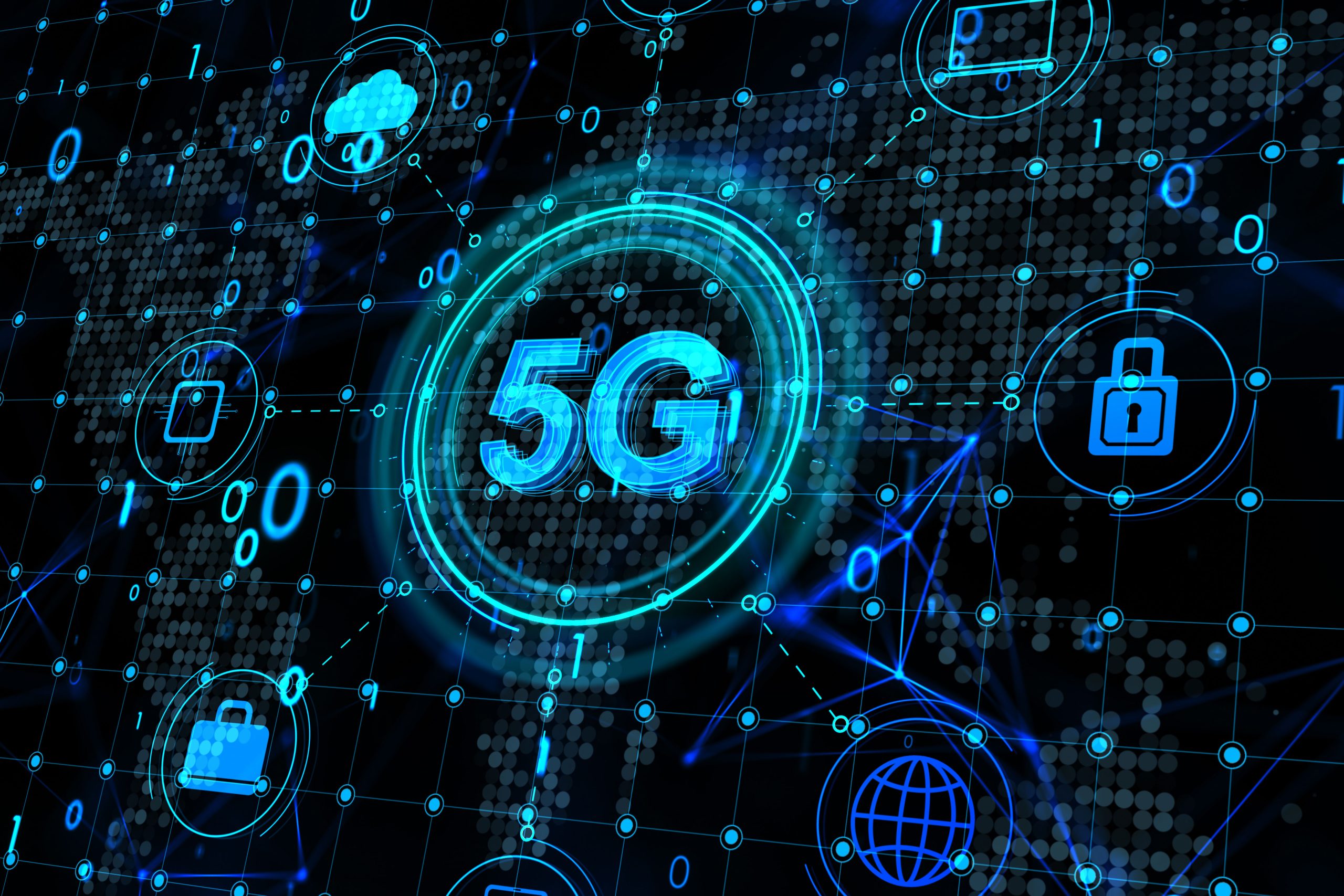5G and Data Science: Unlocking the Future of Connectivity and Analytics
telcomatraining.com – The advent of 5G technology is transforming the digital landscape, offering unprecedented speed, connectivity, and efficiency. When combined with the power of data science, 5G creates a synergy that is revolutionizing industries and enabling breakthroughs in real-time data processing, artificial intelligence (AI), and automation. This article delves into the relationship between 5G and data science, highlighting the ways they complement each other, the applications they enable, and the challenges that lie ahead.
What is 5G and Why Does It Matter?
5G, the fifth generation of wireless communication technology, represents a significant leap from its predecessor, 4G. The standout features of 5G include higher bandwidth capable of transmitting vast amounts of data at speeds up to 100 times faster than 4G, ultra-low latency that allows near-instantaneous communication, reducing lag to just a few milliseconds, and increased connectivity that supports a much higher density of devices within a network, enabling smart cities, IoT (Internet of Things) ecosystems, and more.
What is Data Science?
Data science is the practice of analyzing and interpreting large datasets to uncover patterns, derive insights, and inform decision-making. This multidisciplinary field relies on tools and techniques such as machine learning algorithms that allow computers to learn from data and improve their performance over time, statistical analysis methods for understanding and modeling data trends, and data visualization techniques to present complex data in an understandable and actionable way. When paired with the capabilities of 5G, data science has the potential to unlock new possibilities in fields ranging from healthcare to transportation.
How 5G Elevates Data Science
The incredible data transmission speeds of 5G enable the seamless movement of massive datasets. This capability is especially beneficial in applications requiring real-time analytics, such as financial trading, healthcare diagnostics, and e-commerce platforms. Low latency ensures faster processing and decision-making, which is critical for systems that demand immediate responses. For example, autonomous vehicles rely on real-time data to navigate safely, while advanced manufacturing processes use instantaneous feedback to optimize production lines. Additionally, 5G can support up to 1 million devices per square kilometer, making it ideal for IoT networks. Connected devices, such as sensors, cameras, and wearables, can feed data into systems for real-time analysis and decision-making.
Applications of 5G in Data Science
5G facilitates edge computing by enabling devices to process data locally instead of relying on centralized servers. This reduces latency and enhances the efficiency of applications like smart sensors, drones, and industrial robots. For example, a drone equipped with AI and 5G connectivity can analyze visual data on the spot to assess damage after a natural disaster. The speed and reliability of 5G networks empower AI systems to function seamlessly in dynamic environments. From autonomous vehicles navigating complex traffic patterns to robots performing precision tasks in factories, 5G enhances AI’s potential. Large-scale research facilities, such as particle accelerators, require the processing of vast amounts of data in real-time. 5G enables researchers to optimize experiments on-the-fly, paving the way for faster discoveries and innovations.
Challenges and Considerations
While 5G and data science offer immense potential, there are challenges to address. The exponential growth of connected devices increases the risk of cyberattacks. Ensuring robust encryption, authentication protocols, and network security is essential to protect sensitive information. The diverse protocols within 5G networks add layers of complexity for data scientists and engineers. Datasets like SPEC5G are being developed to help researchers analyze and optimize these protocols for better performance. Additionally, implementing 5G networks and integrating them with data science solutions require significant investment. Governments and private sectors must collaborate to ensure widespread adoption and accessibility.
The Future of 5G and Data Science
The fusion of 5G and data science is just beginning to reshape industries and improve daily life. With advancements in AI, IoT, and machine learning, the potential applications of these technologies are limitless. From enabling smart cities to enhancing personalized healthcare, the possibilities are both exciting and transformative. As organizations continue to explore this dynamic combination, overcoming challenges such as security and infrastructure will be critical. By addressing these hurdles, 5G and data science can unlock a future defined by connectivity, efficiency, and innovation.







